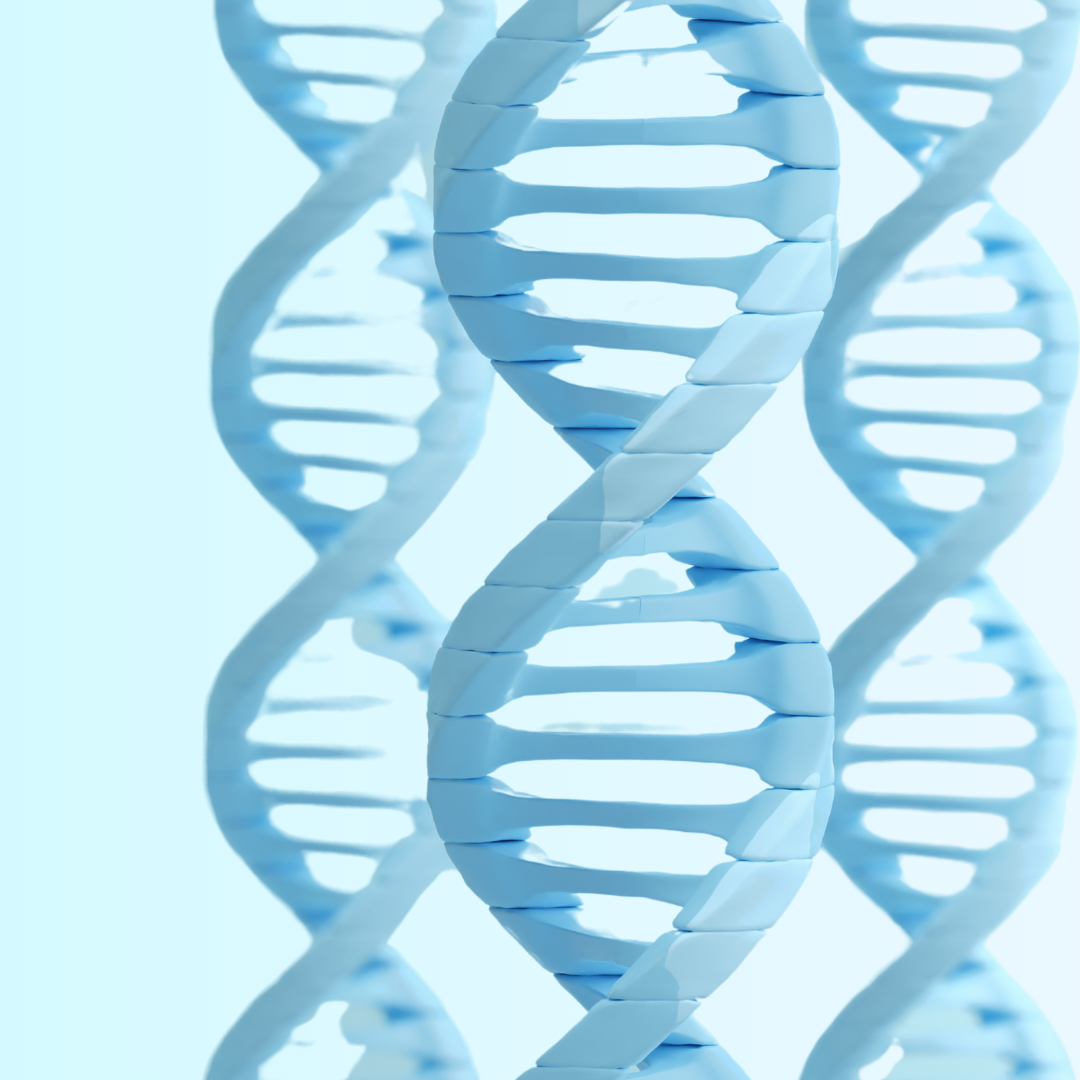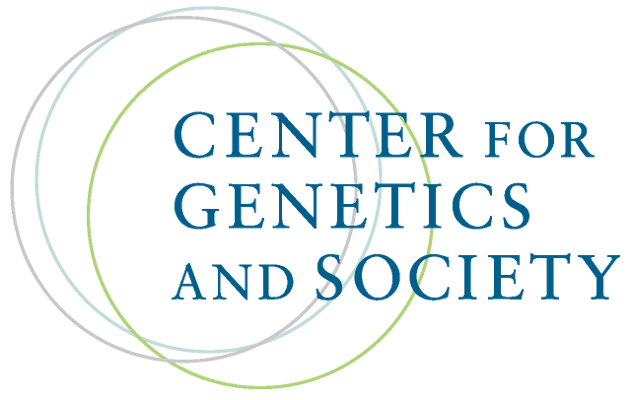Aggregated News

The sight of a room full of human cadavers can be off-putting for some, but not for Haley Omeasoo.
In fact, Omeasoo’s comfort level and lack of squeamishness convinced her to pursue studies in forensics and how DNA can be used to solve crime and identify human remains, especially among Indigenous peoples.
Omeasoo, a citizen of the Hopi Tribe and a descendant of the Blackfeet Nation, encountered the cadavers as part of a high school class trip to the University of Montana, where she spent time in a college level anatomy class.
“Some people go there and pass out, but I thought, ‘This is pretty cool,’” she told ICT.
That visit to the University of Montana was a defining moment for the budding scientist. She realized that by gaining expertise in rapidly advancing forensic technology she could help put Indigenous peoples on equal footing with scientific research that has often targeted them but has seldom been used for their benefit.
This imbalance of power is especially evident in the booming business and study of human DNA data, such as that...



